2 min read
Preparations for Next Moonwalk Simulations Underway (and Underwater)
Without proper insulation, sunlight can make buildings feel like ovens. In the late 1980s, Joseph Pritchett aimed to solve this problem by developing a coating for building insulation. He knew of NASA’s experience with thermal testing, particularly with ceramics, which have several uses for the agency. Their heat-resistant properties make them excellent materials for spacecraft reentry shields, and their durability is perfect for airplane components. Pritchett thought by infusing paints with both insulating ceramic compounds and tough, resilient polymers, he could develop an insulation coating with the best features of both.
Pritchett contacted the materials lab at NASA’s Marshall Space Flight Center in Huntsville, Alabama, through the center’s Technology Transfer Office. The facility had many ways to test heat-resistant materials, and the Marshall engineers and research scientists provided Pritchett with lists of material compounds to test for his insulation coating.
Over a period of six years, Pritchett tested every compound on the lists NASA provided, narrowing down the potential compounds until he found the ideal insulation. Pritchett founded Superior Products International II, Inc. of Shawnee, Kansas, in 1995. His product, dubbed Super Therm, is a composite of both ceramic and polymeric materials. In 2011, when tested by Oak Ridge National Laboratory in Tennessee, Pritchett’s product proved successful in saving energy when cooling homes.
The engineers at Marshall played a pivotal role in Super Therm’s development, as their knowledge was key to finding the right ceramic material. In addition to insulation for buildings, the material has been used in other industrial applications, such as keeping equipment like tanks and pumps cool on oil rigs. Pritchett’s Super Therm is yet another example of how NASA’s Technology Transfer Program within the agency’s Space Technology Mission Directorate drives innovation in commercial industry.
Details
Related Terms
Discover Related Topics
from NASA https://ift.tt/C7VnQZB

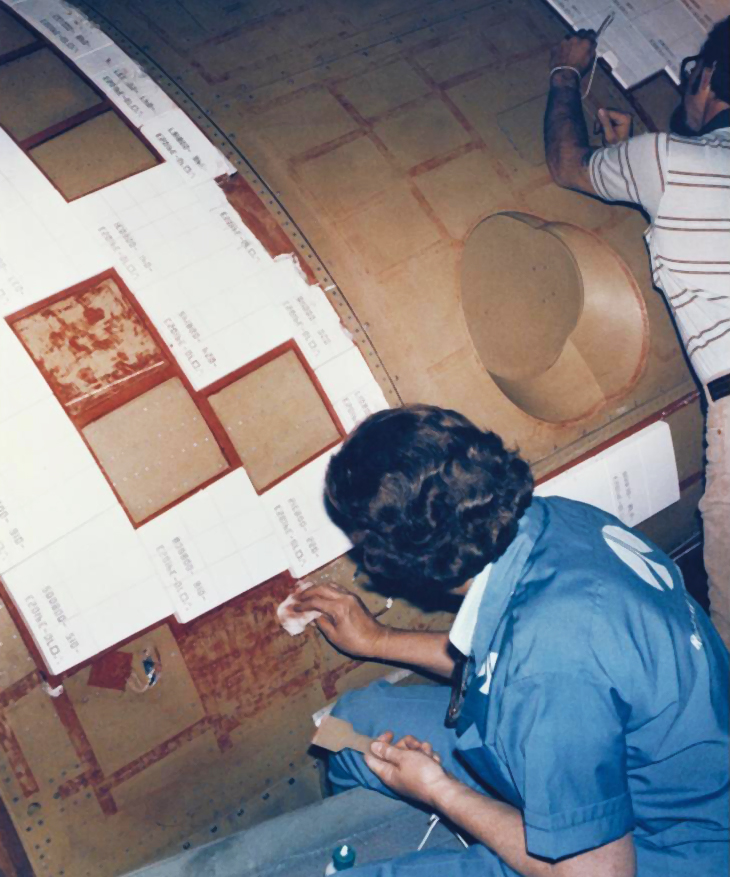

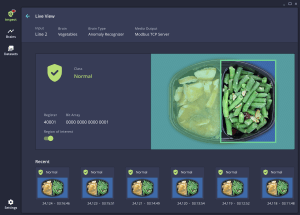
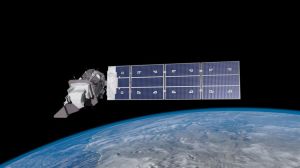

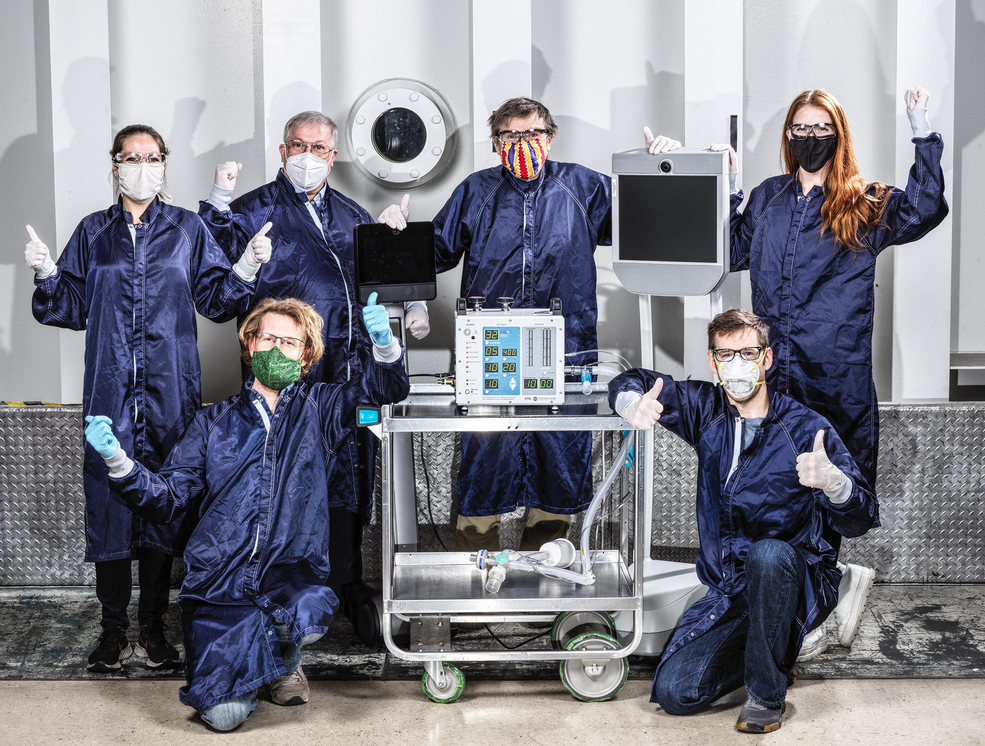
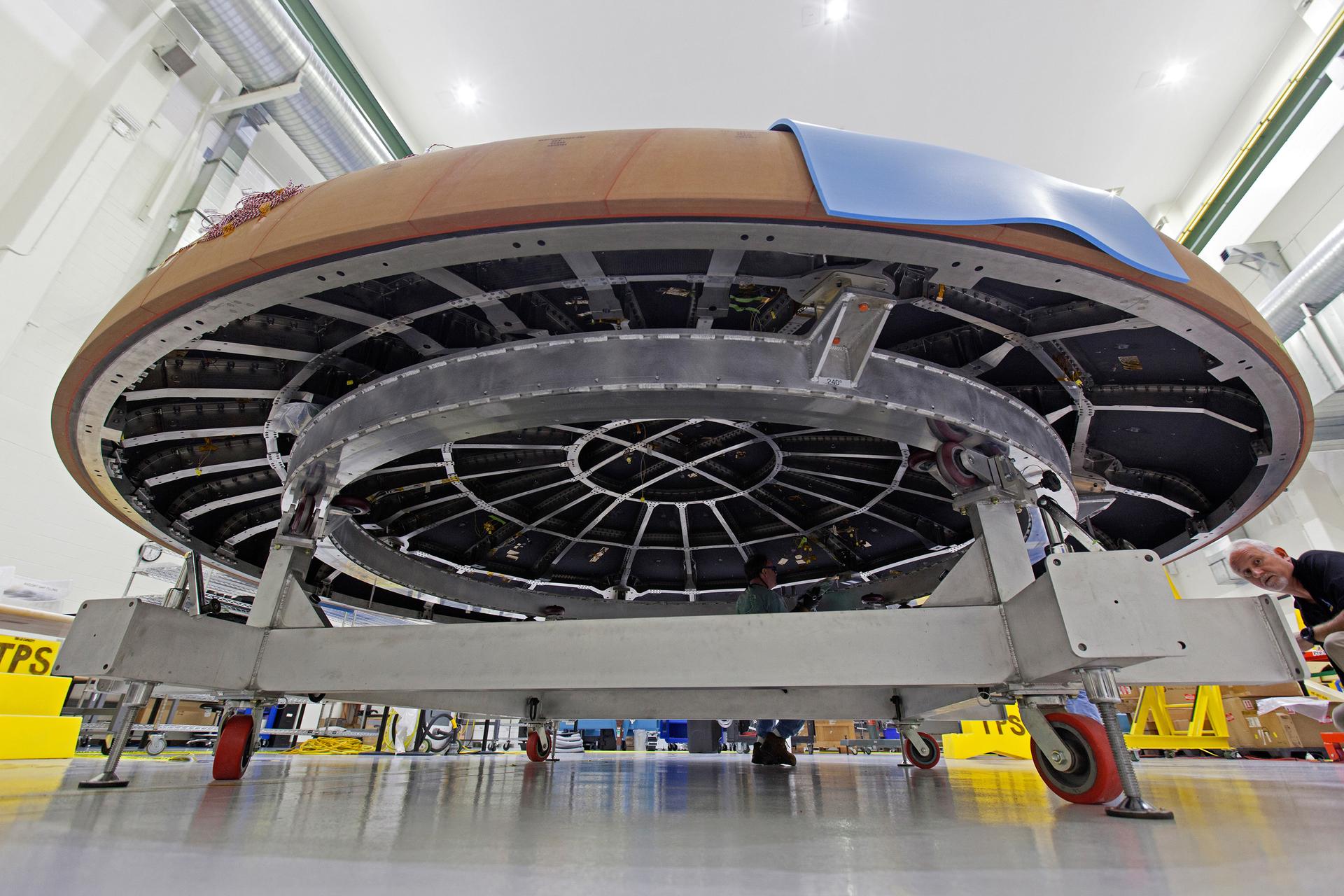



No comments:
Post a Comment